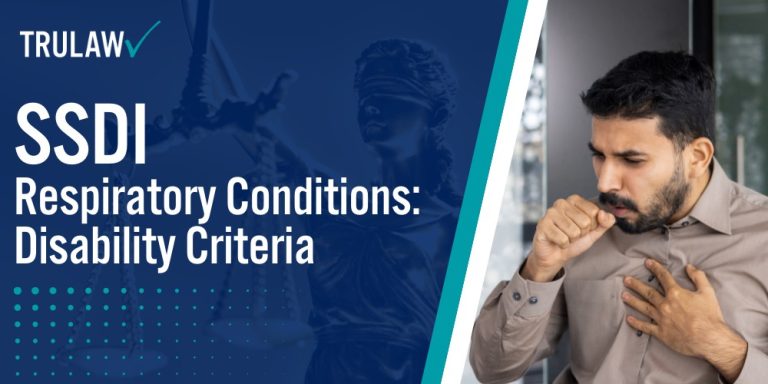Qualifying for Social Security Disability Benefits (SSDI) due to respiratory conditions requires detailed medical evidence that shows the severity and impact of the condition.
The Social Security Administration (SSA) uses a structured process to evaluate respiratory disorders by reviewing diagnostic tests, specialist evaluations, and treatment records.
Conditions such as chronic obstructive pulmonary disease (COPD), pulmonary fibrosis, and asthma are examples of common respiratory disorders that may qualify for SSDI.
Proper documentation, including results from relevant laboratory tests, ensures the SSA has a clear understanding of how the condition limits daily and work-related activities.
Pulmonary Testing and Clinical Requirements
Medical evidence for respiratory claims includes tests that measure lung function, evaluate oxygen levels, and identify structural or functional abnormalities in the respiratory tract.
These results provide the SSA with the objective data needed to evaluate your respiratory disorder.
Key medical evidence supporting respiratory claims includes:
- Pulmonary Function Test Results: Measurements from spirometry, including forced expiratory maneuver tests, assess airflow obstruction and lung capacity.
- Arterial Blood Gas Studies: Evaluate the efficiency of gas exchange across cell membranes, reflecting the severity of lung function impairment.
- Medical Imaging Techniques: Chest X-rays and CT scans to detect structural abnormalities like scarring or inflammation.
- Relevant Laboratory Tests: Tests to rule out infections or assess inflammation associated with neuromuscular and autoimmune disorders that affect lung function.
- Physical Examination Findings: Documentation of symptoms such as wheezing, shortness of breath, or chest pain, and their impact on daily activities.
This documentation ensures that the SSA has a comprehensive view of the condition’s impact.
Providing the date of the test and detailed results from medical evaluations strengthens your claim.



